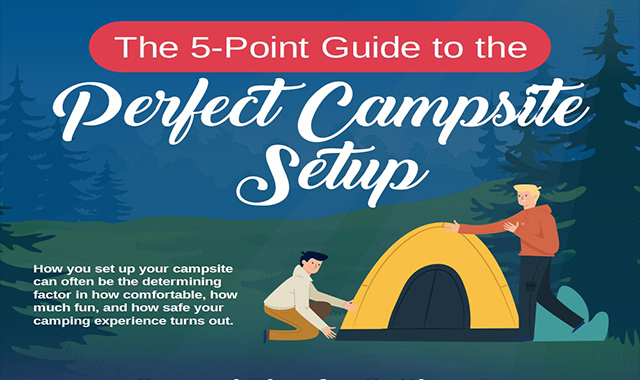Winter season camping is an enjoyable and daring experience, however it calls for proper gear to ensure you stay warm. You'll require a close-fitting base layer to trap your body heat, together with a shielding coat and a waterproof covering.
You'll additionally need snow risks (or deadman supports) buried in the snow. These can be linked utilizing Bob's creative knot or a regular taut-line hitch.
Pitch Your Outdoor tents
Winter season outdoor camping can be a fun and adventurous experience. Nonetheless, it is essential to have the appropriate equipment and know how to pitch your camping tent in snow. This will certainly prevent cold injuries like frostbite and hypothermia. It is likewise essential to eat well and stay hydrated.
When establishing camp, see to it to choose a site that is protected from the wind and without avalanche risk. It is also a good concept to pack down the location around your camping tent, as this will help in reducing sinking from temperature.
Before you set up your outdoor tents, dig pits with the exact same size as each of the support points (groundsheet rings and person lines) in the facility of the outdoor tents. Load these pits with sand, rocks and even things sacks filled with snow to portable and protect the ground. You may additionally want to think about a dead-man anchor, which includes connecting camping tent lines to sticks of timber that are hidden in the snow.
Load Down the Area Around Your Camping tent
Although not a need in many areas, snow risks (likewise called deadman supports) are an exceptional enhancement to your outdoor tents pitching kit when outdoor camping in deep or pressed snow. They are basically sticks that are developed to be buried in the snow, where they will freeze and produce a strong anchor point. For finest results, use a clover hitch knot on the top of the stick and bury it in a few inches of snow or sand.
Establish Your Tent
If you're camping in snow, it is a good idea to use a tent designed for winter backpacking. 3-season tents work great if you are making camp listed below timber line and not anticipating especially harsh weather, but 4-season tents have sturdier poles and textiles and use even more security from wind and heavy snowfall.
Make sure to bring sufficient insulation for your sleeping bag and a cozy, completely dry blow up floor covering to sleep on. Blow up mats are much warmer than foam and help prevent cold places in your outdoor tents. You can likewise add an extra floor covering for resting or food preparation.
It's likewise a good concept to establish your camping tent near to a natural wind block, such as a group of trees. This will certainly make your camp extra comfy. If you can't find a windbreak, you can develop your very own by digging holes and hiding items, such as rocks, camping tent stakes, or "dead man" anchors (old tent individual lines) with a shovel.
Tie Down Your Camping tent
Snow risks aren't required if you utilize the right techniques to secure your outdoor tents. Buried sticks (perhaps accumulated on your approach hike) and ski poles function well, as does some variation of a "deadman" buried in the snow. (The concept is to produce a support that is so solid you will not be able to pull it up, despite a great deal of initiative.) Some producers make specialized dead-man supports, yet I prefer the simplicity of a taut-line hitch connected to a stick and after that hidden in the snow.
Recognize the terrain around your camp, particularly if there is avalanche risk. A branch that falls on your outdoor tents can harm it or, at worst, tote bag hurt you. Additionally watch out for pitching your tent on an incline, which can trap wind and bring about collapse. A protected area with a reduced ridge or hill is better than a steep gully.
